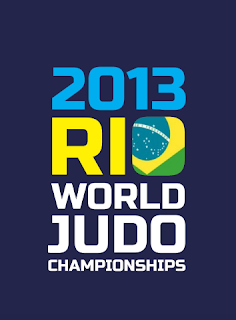As mentioned in the previous post, we will have Sundays for general classes and Tuesdays & Fridays for competition-style training. We will also have Wednesdays at Sunway University, also for general classes.
On top of all that, we will have an additional day on Saturday, which we can use for a variety of purposes, depending on the demand. These could include:
a) A children's class. Children and adults don't mix well when it comes to judo. The needs of children and adult judo players are completely different. So we could have a dedicated day just for a kids' class, if the demand is there.
b) Grading training. On our regular class days (Sun, Tues & Fri) there is hardly enough time for us to go through our regular program for the players. There really isn't much time to do grading training. Those who want to grade have to come on Saturday to practice their respective belt syllabus.
c) Randori. Some people just want to have a good workout and randori. We can use Saturday for that too.
d) Free and easy. Sometimes players want an informal setting where they can ask seniors about different techniques and principles. Again, during regular classes there's no time for this. So, Saturday could be good for this.
Which of the four things above (a, b, c, d) will be implemented will depend very much on what the demand is. Currently there isn't huge demand for a kids' class. We sometimes get inquiries but not much. If there is an opportunity to have a kids' class we can have one but really only if there's demand.
We know people definitely want to grade, and we won't be engaging in the practice of eating into regular training days' time for grading training anymore. So, Saturday could definitely be used for this purpose. If someone wants to grade and wants to work on their techniques, they can come on Saturday with a training partner to do this.
Some judo players can't get enough randori. Well, now there's an extra day for this. Enough said.
Free and easy is a good concept. Usually after training, players like to go up to seniors to ask a variety of questions relating to moves and techniques. But whether they would like to come all the way to the dojo on a Saturday afternoon to have a free and easy session with a senior is a big question.
If I had to guess, I think the likely scenario involves (b) and (c), i.e. grading training and randori. But, let's see.




























